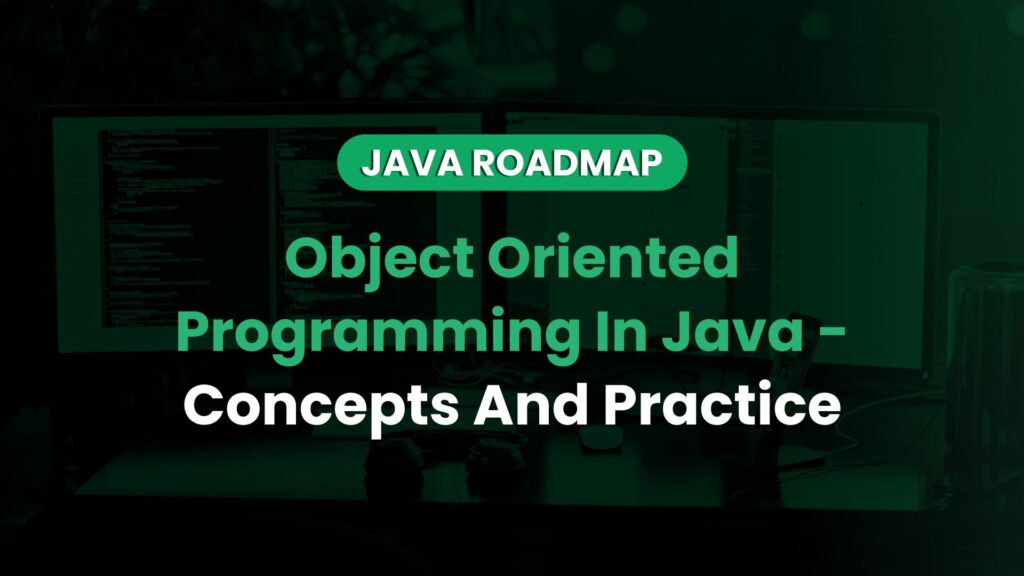Introduction In object-oriented programming (OOPs), abstraction is a fundamental concept that allows us to hide the complex implementation details and show only the functionality to the users. In Java, we achieve abstraction using abstract classes and interfaces. However, the fundamental difference between Java abstract class and interfaces in Java lies in their usage and implementation […]
Category Archives: Java Roadmap
Introduction Object-oriented programming (OOP) is a key concept in the world of Java programming, and abstract classes are one of the important tools that facilitate Object-oriented programming. In this article, we’ll walk you through abstract classes in Java, providing a clear understanding of what they are, why they’re used, and how to use them effectively […]
Introduction Method overloading is a powerful feature in Java that allows programmers to define multiple Java methods with the same name but different parameters within a class. It provides a way to create more flexible and reusable code by offering different variations of a method based on the types and/or number of arguments. In this […]
Introduction Method overriding is a fundamental concept in object-oriented programming (OOP) languages, including Java. It allows a subclass to provide its own implementation of a method inherited from its superclass. In this article, we will delve into what method overriding is, why it is essential, provide three examples with code, and highlight the key differences […]
A constructor in Java is a unique method used in object-oriented programming to initialize objects of a class. It is automatically invoked when an object is created using the new keyword and has the same name as the class. The main goal of a constructor is to make sure that an object (previously discussed) is […]
Before understanding the OOPs(Object Oriented Programming) concept in Java, let’s first understand what the procedural programming paradigm is. Procedural programming is like following a set of instructions to solve a problem. It’s similar to using a recipe to cook a meal. Each step in the recipe represents a specific action you need to take, and […]
Introduction Data structures and algorithms form the foundation of computer programming, and mastering them is crucial for every programmer. In this article, we explore four important concepts in Java: Subarrays, Prefix Arrays, Subsets, and Subsequences. We will define each term, explain its significance, and provide Java examples along with practical use-cases. Subarrays A subarray is […]
Introduction The “Two Pointers” technique is a popular algorithmic approach used to solve various problems efficiently. It involves using two pointers or indices that traverse an array or list in a specific manner. This article will introduce the Two Pointers technique, discuss its benefits, provide a use case, and present three examples with code to […]
Sorting in Java, or in any programming language, refers to the process of arranging data in a certain order, usually either in ascending or descending order. There are many algorithms in Java for sorting data, such as Bubble Sort, Insertion Sort, Selection Sort, Merge Sort, Quick Sort, etc. Each algorithm has its own pros and […]
Time complexity is a critical concept in computer science that provides insight into the efficiency of an algorithm in terms of the time it takes to execute. It is essential for writing scalable code, especially when working with large data sets. In this article, we’ll explore the concept of time complexity and its various forms, […]










